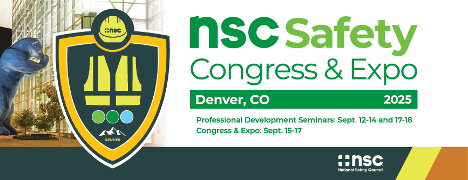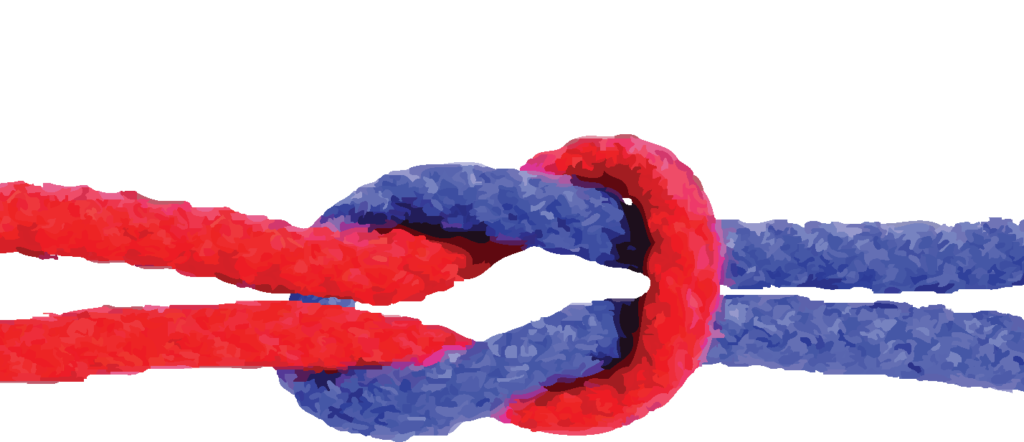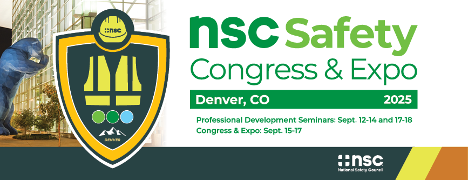Author - John McBride, SPHR, SHRM-SCP
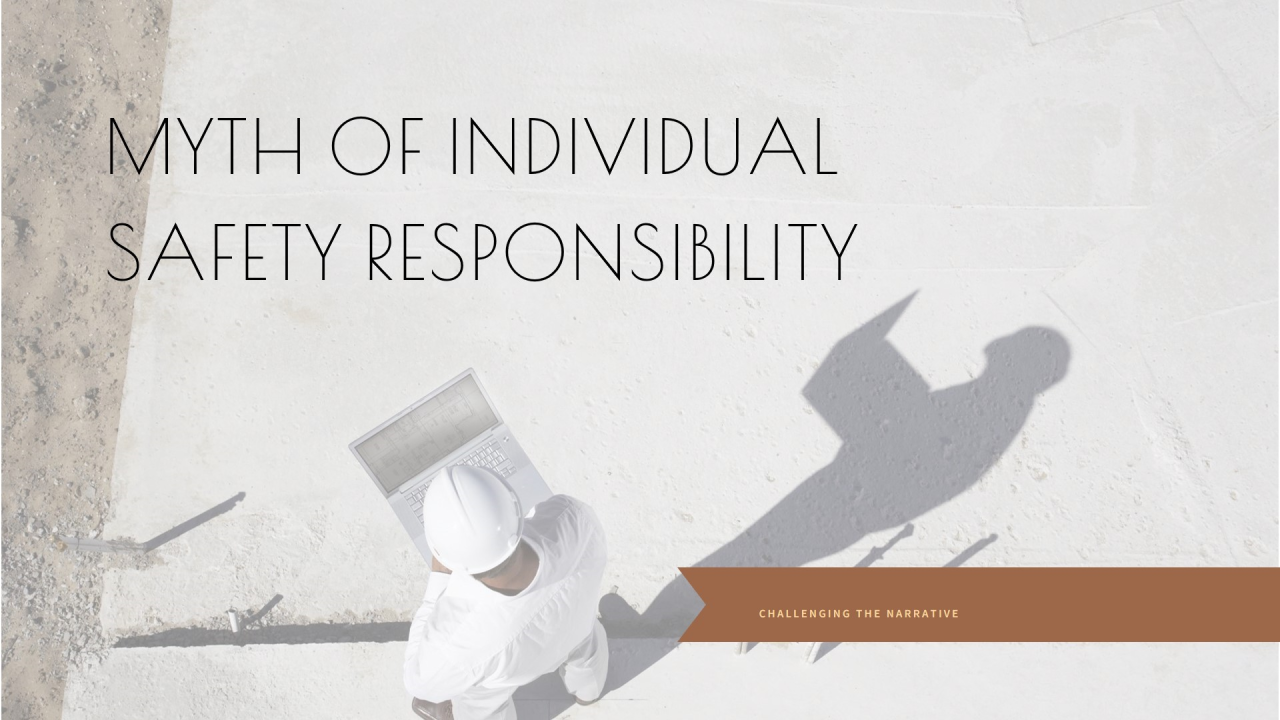
Challenging the Myth of Individual Responsibility in Safety
This article challenges the prevailing focus on individual responsibility and physical hazards in safety, arguing that it hinders effective prevention. It then delves into why it's so hard to acknowledge the limits of individual agency in the face of powerful social forces. Can we ever truly define individual responsibility within the pervasive influence of social systems in safety? This article explores this complex dynamic, offering insights for creating safer work places through a human-centered approach to Health and Safety.
The individualistic approach and its focus on the physical
The terms "accidents are the result of human error" and "safety is a personal responsibility" stem from an individualistic worldview. This perspective often coincides with the belief that investigating social and psychological factors detracts attention from the physical hazards most likely to cause significant injuries and fatalities. This mindset prioritizes visible evidence, like individual behaviors and physical hazards, while devaluing the intangible underlying social and systemic factors. While this focus on the tangible and measurable simplifies safety management, it can deflect responsibility from deeper organizational issues, such as financial conflicts or power dynamics.
Finding the balance between individual and collective responsibility
I have challenged the myth of personal responsibility in safety realizing that agency is one of our most prized and valued traits or abilities as humans. Instead, I painted a picture of people as individuals connected within social circles. The circles can form within a school, church, company or profession. There are larger circles for socio economics, gender, physical abilities or appearance, education level, race, sexual preferences, and more. Most of us are in multiple circles because we move in and out of different settings. Few people are alone because we are neurologically designed to be in relationship. It is part of the human survival strategy. Sociologists and psychologists use the term social systems to describe them.
Social systems are the interconnected arrangements of structures, relationships, and norms that shape individual behavior and collective outcomes. They are the invisible forces that influence how we think, feel, and act within our communities and organizations.
So, in challenging the myth of personal responsibility in safety, the suggestion is that safety decisions about risk are made within a social system framework. They are not autonomous decisions. This puts the whole accountability system in danger. The immediate response is that blaming the system risks oversimplification. Surely individuals can add to or detract from the success of the enterprise.
People are willing and able to contribute to the success of the enterprise, but not on their own
There are entire books written with examples of leaders whose teams produced extraordinary results. One that comes to mind is Art Kleiner’s, The Age of Heretics (2008)[1]. The author documents the success stories of companies that believed in people and treated them as willing partners. Sadly, the stories are few. Even worse, when new management/ owners arrived they decided to save money by cutting out conversations and team meetings. Unfortunately that was where the magic happened.
So that is an example of how personal responsibility for safety becomes a myth. When people are routinely denied the resources and authority to enable safety there cannot be any individual agency to balance the power coming from above. But that doesn’t settle the matter about the how much power we have as individuals.
I am going to paraphrase my friend Ron Gantt here. One of the challenges we have, is that social systems, norms and other environmental factors have a profound influence on what we do. However that isn’t the way we experience life. We feel we are making choices and decisions and we extend that to others. So, how can individuals not be responsible for their actions?
Ron goes on to suggest that “…if we can find a way to frame the situation differently, in a way that coincides with experience I think we can make inroads.”
How to resolve this conundrum? Seeing personal responsibility in safety is a myth does not mean that individual responsibility is nonexistent. It means that the way it has been applied as a solution to accident prevention is a myth. The truth about human potential is that it expands in a learning environment where inclusiveness, and appreciation abide. It is a physical law that when a spark, fuel and oxygen come together they create fire. When human agency, belonging and challenging opportunities come together, they can spark exceptional results. These are natural laws. We can’t explain why they happens, but they are immutable.
Navigating the Path of Least Resistance:
Upbringing and experience may encourage individuals to stay true to their values and beliefs, even when faced with pressure to conform. This requires courage, self-awareness, and a willingness to challenge the status quo.
In essence, balancing individual responsibility and social constraints requires:
· Self-awareness: Understanding your own values, beliefs, and motivations.
· Acceptance: Accepting and valuing the differences of others.
· Courage: Being willing to challenge the status quo and step off the path of least resistance when necessary.
· Openness: Being open to learning and growing through opposition and challenges.
Do employers really want to unleash this potential?
While qualities like self-awareness, acceptance, courage, and openness are valuable, they can threaten organizational control. Individuality and critical thinking can lead to employees challenging established practices and resisting conformity, potentially disrupting hierarchical systems. Leaders might resist this if they prioritize stability over innovation.
An example
Google became a lauded example of psychological safety when they published their findings that their top performing teams felt safe from ridicule. Not long after its publication, Google employees felt empowered to speak out against working with clients in the weapons sector. Consequently, 28 employees were fired and the company stopped making management decisions public.
Google's experience with employee activism highlights why organizations may intentionally or unintentionally discourage the development of qualities that could empower employees to challenge unsafe practices or advocate for change. By punishing those employees a strong message was sent that there are systems that may not prioritize worker well-being.
Moving Forward:
What does this mean to someone in an advisor role?
You have influence and power to improve the lives of those around you by providing what people most desire: to be seen and heard. If you're thinking of moving into the role of change agent, then you have begun to step off the path of least resistance. This is not a one-time event but an ongoing process, as many of our biases are unconscious and invisible to us.
The beliefs and values that guide our behavior are often inherited from parents, teachers, or respected managers. Those with a more curious spirit may question these inherited beliefs and develop their own understanding of why things work the way they do. Since much of this happens unconsciously, choosing to step off the path of least resistance requires inner work. There is no easy way to hop off until we know:
- What path am I on?
- How did I end up here?
- Do I want to start on a new path?
Then, we can take the advice of an experienced path seeker:
"If we know exactly where we're going, exactly how to get there, and exactly what we'll see along the way, we won't learn anything." — Scott Peck
While OHS advisors may not be able to single-handedly change organizational systems, they can take proactive steps to increase their influence and advocate for worker well-being. Here are some strategies to consider:
• Don't stay on a job where you are not respected and valued.
• Build Relationships: Develop strong relationships with key stakeholders, including managers, supervisors, and employees. This can help create a network of support and increase their influence within the organization.
• Communicate Effectively: Develop strong communication skills, including active listening, empathy, and assertiveness. This can help them effectively convey their concerns and advocate for change.
• Educate and Advocate: Educate leaders and managers about the importance of addressing the benefits of a human-centered approach to safety. Advocate for policies and practices that support worker well-being.
• Develop Expertise: Continuously develop knowledge and skills in areas related to social psychology, culture, and interpersonal communication. This will enhance their credibility and enable them to provide valuable insights and recommendations.
• Self-Reflection and Seeking Support: Build a strong support network of colleagues, mentors, and other professionals to share experiences, gain advice, and navigate challenges.
• Practice Self-Care: Prioritize your own well-being by practicing self-care strategies, such as mindfulness, stress management techniques, and seeking support when needed.
These strategies can provide support for advocates of human-centered H&S. However, it's crucial to recognize that these efforts often require navigating a complex social landscape where loneliness or rejection are common. If that is the case, you may decide to seek a different position.
[1] Kleiner, A. (2008). The age of heretics: A history of radical thinkers that reinvented corporate management. Jossey-Bass
About the author:
Rosa Antonia Carrillo, MSOD is an author and leadership and culture expert with an emphasis in environment. Her new book, The Relationship Factor in Safety Leadership, published by Routledge has been called required reading to understand the foundations of "safety culture" by Edgar Schein.
Her ground breaking articles on relationship centered leadership, safety culture, mindful conversations, trust and open communication have gained the attention of of leaders world-wide. In recognition of her contributions, the Safety Institute of Australia invited her as the Wigglesworth Memorial Lecturer in 2015.
https://www.linkedin.com/in/rosaantoniacarrillo/
